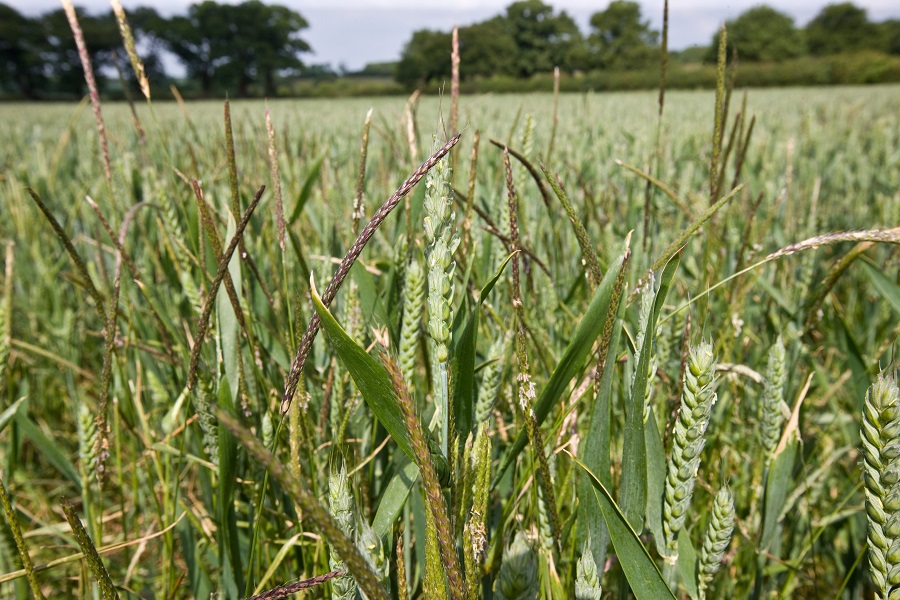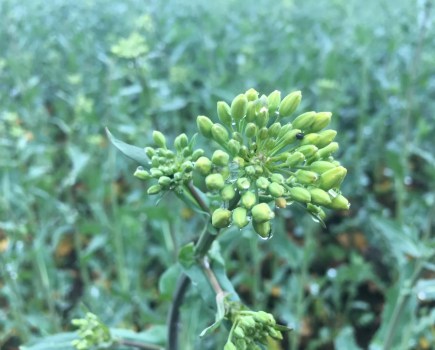Practical glyphosate application guidelines have been published by the Weed Resistance Action Group (WRAG), which aims to help arable growers reduce the increasing risk of glyphosate resistance developing in grass weeds. Charlotte Cunningham reports.
The guidelines have been updated this year following five years of ADAS research into optimising the effectiveness of glyphosate on arable weeds.
Although resistance to glyphosate has not yet developed in the UK, evidence has started to emerge that certain grass weed populations, such as sterile brome, are becoming more tolerant to its effects.
A key concern now for researchers is to keep glyphosate within the grower’s toolbox for as long as possible.
In 2015, experts from the research and advice community, Crop Protection Association, agrochemical industry and public sector came together to form the Weed Resistance Action Group (WRAG) to independently investigate agricultural over-dependence on glyphosate.
Following WRAG’s initial glyphosate resistance guidelines published in 2015, AHDB and industry funded research began to quantify exactly how and when glyphosate should be used for maximum effectiveness.
Timing and application
In September 2020, work finished on the five-year study to investigate timing and application precision.
Multiple experiments varying glyphosate rates and timings were administered across two of the most common arable grass weeds: blackgrass and Italian ryegrass. Factors like temperature, weed size, and cultivation were all closely monitored to discover the optimal conditions for application to achieve the highest efficacy.
The findings from this study formed the basis of the WRAG 2021 guidelines. These outline in practical, clear terms how to administer glyphosate at the right rate, at the right growth stage and in the right conditions. Key recommendations include optimal growth stages to administer glyphosate, the minimum doses required, optimal weather conditions, and the risk inherent within stale seedbeds.
Tipping point
“When the tipping point of glyphosate resistance will arrive is unclear but every grower has a responsibility to help prevent and delay it,” said a spokesperson for the WRAG. “By reducing weed survivors to prevent re-application and by following the WRAG guidelines to maximise effectiveness, glyphosate can remain an essential part of grassweed control in arable crops. We must all respect what could happen if we lose it and use it wisely.”
Read the full research report on the AHDB website ‘Managing the resistance risk to retain long-term effectiveness of glyphosate for grass-weed control in UK crop rotations’.
For more information on ADAS weed related services, including herbicide resistance tests, see https://www.adas.uk/Service/weed-management.




